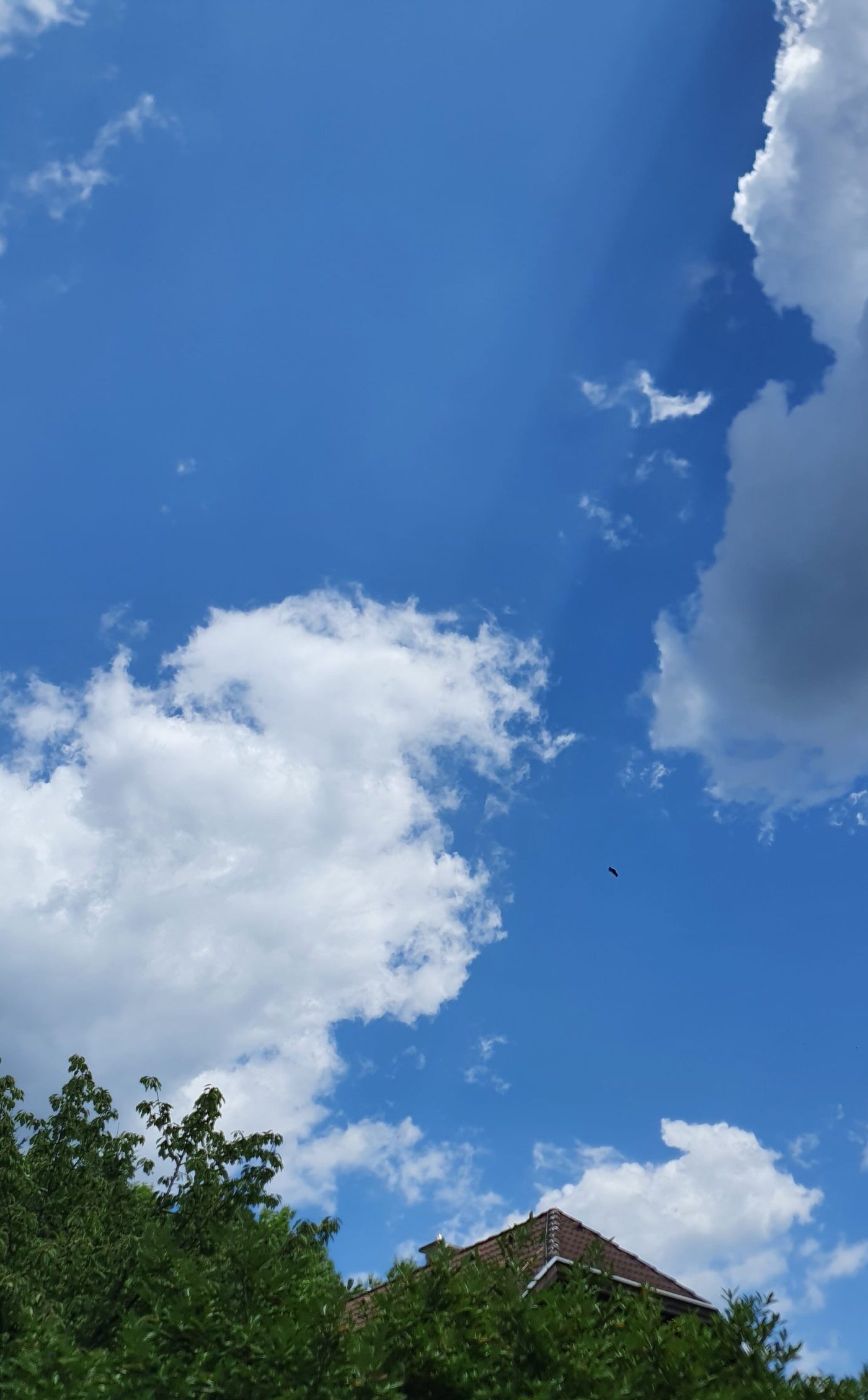
céu
Conscience level 1
Human consciousness exists on only one plane: the plane of self-awareness. The self’s awareness of itself is evident, but this evidence manifests itself only in the presence of content for this receptive space.
When we are able to receive impressions of the world through our sensory and cognitive systems, the stronghold of the self immediately arises and excludes itself from the cause of that sensation. The self accompanies us, as the focus of our existence, from the moment that perception and cognition receive any impression from the world.
And this ‘accompanying’ is not proof of any duality of consciousness, but rather, so to speak, the reflection of consciousness on itself, which will make it assert itself through a linguistic operation, saying ‘I am I’.
The proof of the existence of the original field of consciousness is given by any content of reality that is external to this plane. It is therefore indisputable, but also indescribable. Even if we are all being dreamed by a sleeping god, the certainty of each of us feeling like the subject of a life would not be affected by the fact that reality is, in fact, a dream. Neither the self nor the world – teeming with content – needs a greater ontological foundation to be what they are to each other.
The study of the origin of consciousness and its cognitive properties is a debate that involves philosophy and some sciences, such as psychology and neurology. It is one of the most active and multidisciplinary fields of contemporary debate. However, from the point of view of the history of modern philosophy, reflection on ‘level 1’ consciousness began with Edmund Husserl and the foundation of phenomenology in the early 20th century.
The human mind is characterised by a presence, by a ‘being before’ something that gives it content. This content may in fact exist in the world outside consciousness and therefore be called ‘real’, or it may be a creation of the mind, such as a unicorn, a god, an impossible staircase by Escher, which can be said to be imaginary but in no way secondary to real content.
Both real objects and objects merely forged by our minds are equal in their value as objects, and fulfil an essential function of consciousness that Husserl calls intentionality. Intention pushes us towards an object; there is no intention without an object, just as there is no desire that does not aim at what satisfies it, as Freud would say.
With intentionality, we gain an idea of what is perhaps the first operative act of consciousness. Consciousness is ‘consciousness of’, it is ‘aboutness’.
From intentionality to awareness, that is, from aboutness to awareness, a further step takes place, and this moment encapsulates the mystery of consciousness.
Today the sky is beautiful and blue. Although my body is confined to the ground, to the road surrounded by low houses, I look up and my gaze is filled with a blue that embraces and opens my chest, an early summer blue, fresh and warm at the same time. I see no boundary separating the sky from the landscape, everything is continuous, and I feel myself flailing my arms up there, longing to bathe in this amazement of brilliant emptiness.
How is it possible that from a simple perception, from a simple encounter between my eyes and the sky, one can (could) bring the sky into language, one could knit with words the feeling that this perception brought me?
If consciousness were only intentional, it would only be filled in all its states with objects (hence “nothingness” being the descriptive token for the absence of a conscious state, such as sleep or death). But there is an awakening, a tiny leap that takes us from intentionality to the certainty of a self that is the subject of experiences. A self that emerges and calls itself ‘conscious,’ ‘aware,’ which at that moment asserts itself and which only an effort to deconstruct the subject (see some Eastern philosophies) can call into question (but, after all, how, if what one seeks to deny is already there?).
The tiny leap is what allows the self to say: ‘I am me’, ‘I am here’. Where does it come from, does it rise from the structures of our brain, or is there something less materialistic about its origin? Whichever the case may be, in this emergence of awareness lies the reason for the whole urge to communicate, the whole use of language, all artistic creation, the feeling of an “unhappy I” that initiates the whole search for happiness.